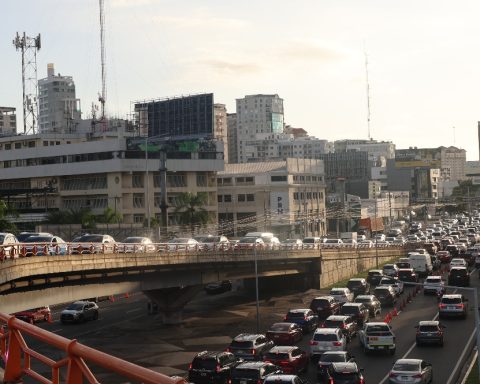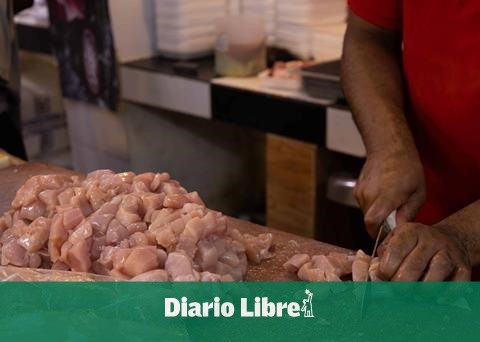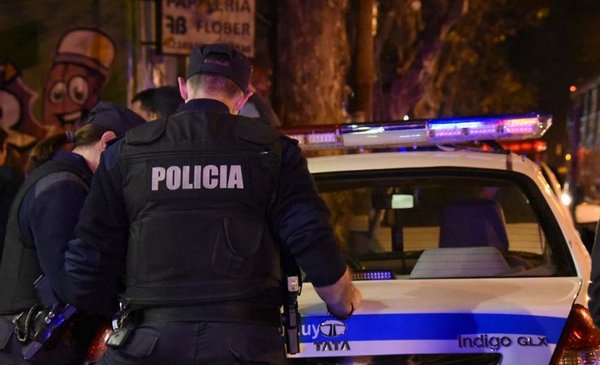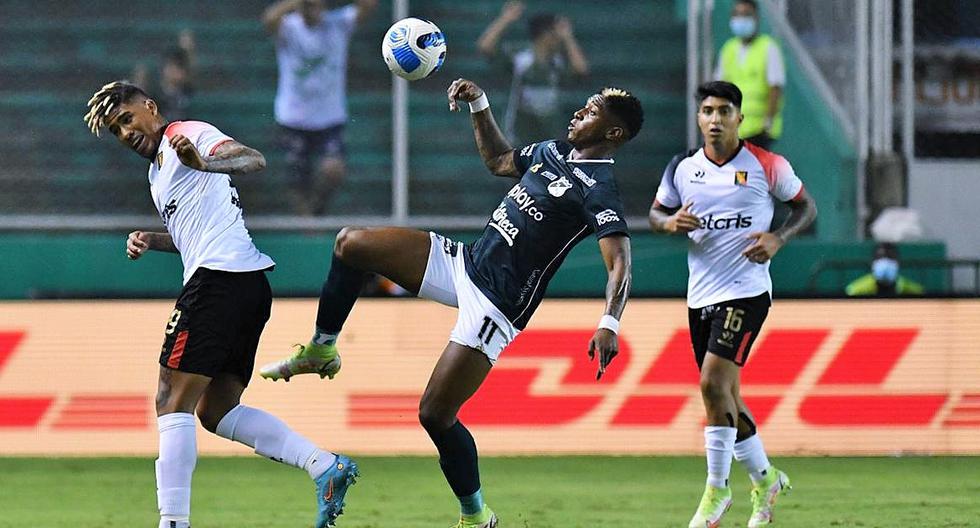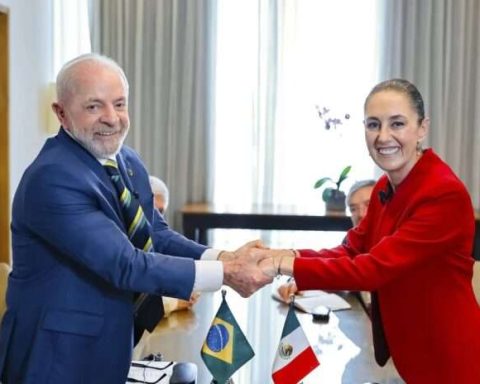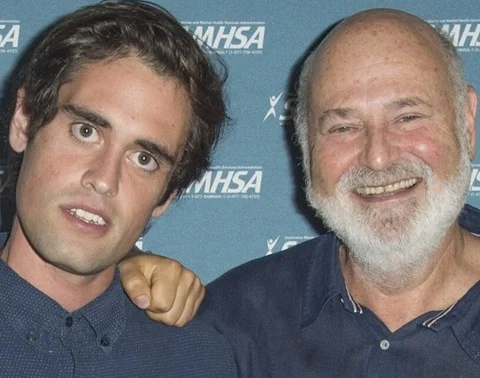The events that led to the demise of the Soviet Union happened so quickly, so unexpectedly and surprisingly, that there was little time to absorb what was happening. Even expert analysts from Western intelligence agencies were confused, to the point that there were serious doubts about whether the transformation would take its course, or whether the regime’s establishments would regain control and end the reforms. They tried to do it but the coup failed, and it was finally clear that the cold war, the iron curtain and the nuclear confrontation between the superpowers were a thing of the past.
That was what was believed, and the images taken at that time seemed to confirm it. Especially impressive and significant was the opening in Moscow, in January 1990, of the first restaurant McDonald’s. The lines to enter the place, with people waiting for hours to get to the counter, acted as a visible and shocking testimony that a new era had begun, since that chain symbolized more than anything else the consumption habits that the Soviets they disdained
Now, thirty-two years later, the images show the signs of McDonald’swith its characteristic yellow letter M, being dismantled in Russia, and highlight that in reality there is nothing that is truly permanent, although that does not imply that it will go back to Soviet times either. McDonald’sfor example, retains the rights to its brands, and has the option to buy back some of the stores within fifteen years.
The decision to leave has been presented by McDonald’s as a reaction to the humanitarian crisis caused by the Russian intervention in Ukraine, but also as a consequence of the “unpredictable operating environment” resulting from the conflict. This last factor may have been decisive, in view of the difficulties arising from the sanctions.




